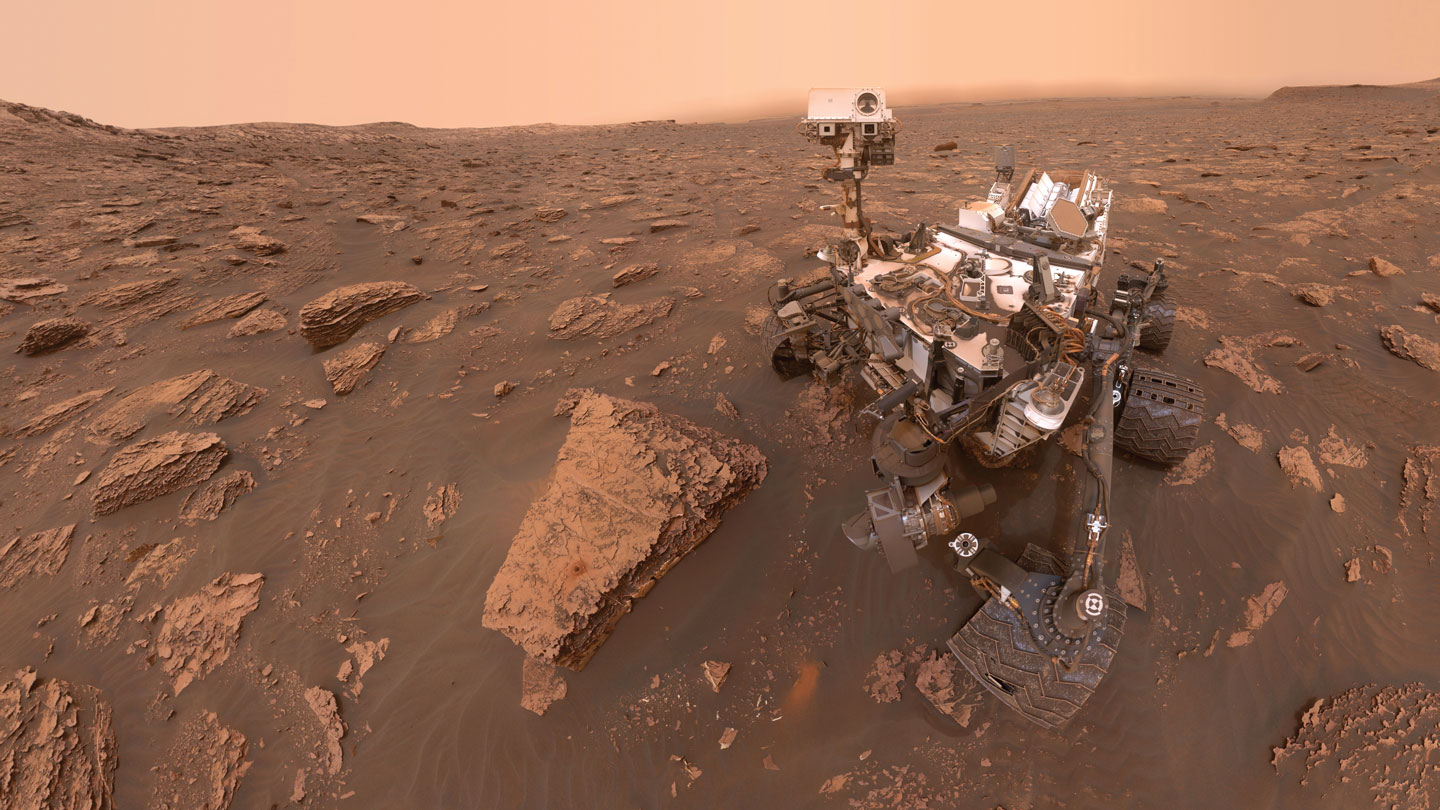Under Alien Skies
Philip Plait
W.W. Norton & Co., $30
Have you ever wondered what the sky would look like on other planets? As a child, I asked why the sky is blue, but I never thought to explore the skies of distant worlds. In his captivating new book, Under Alien Skies, astronomer and science writer Philip Plait takes readers on a cosmic journey through our solar system and beyond, transporting us to alien landscapes and revealing what the skies might look like there.
Plait skillfully blends vivid descriptions of these alien worlds with the scientific explanations behind them. He even delves into the necessary space suits one would need to wear to observe the skies on the moon, Mars, Pluto, and other celestial bodies.
Some of these alien skies can be easier to imagine than others. For example, thanks to rovers, we’ve seen actual images of Mars’ reddish sky. Pluto’s sky, on the other hand, is vastly different. Due to its great distance from the sun, even at midday, the sky is pitch black with visible stars.
Plait dispels the misconception that the sun would look like any other star in the sky. Standing on Pluto, the sun would appear only one-fiftieth its size as viewed from Earth. However, it would be blazingly bright, about 160 times brighter than the moon, with a faint, deep-blue halo caused by the scattering of short, blue wavelengths by Pluto’s thin atmosphere.
One of the most fascinating stops on Plait’s tour is comet 67P/Churyumov–Gerasimenko, a peculiarly shaped object resembling a rubber ducky. Plait lands readers on the larger lobe of the comet, where one can marvel at the smaller lobe hanging in the sky like an entire planet. He even highlights the presence of the Philae lander, which crashed on the comet in 2014, revealing the fragility of the comet’s structure.
The book concludes with a chapter aptly titled “The last sky you’ll ever see,” which explores the view from near a black hole. Plait emphasizes that getting too close to a black hole would be catastrophic, but from a safe distance, one can witness stars near the event horizon, experiencing the bending of their light due to the black hole’s gravity.
If you’re curious to learn what you’d find at the center of a black hole, I won’t ruin the surprise. Get your hands on Under Alien Skies and embark on this mesmerizing journey yourself. I highly recommend it.
Buy Under Alien Skies from Bookshop.org. Science News is an affiliate of Bookshop.org and may earn a commission on purchases made through the links in this article.
Denial of responsibility! TechCodex is an automatic aggregator of the all world’s media. In each content, the hyperlink to the primary source is specified. All trademarks belong to their rightful owners, and all materials to their authors. For any complaint, please reach us at – [email protected]. We will take necessary action within 24 hours.

Jessica Irvine is a tech enthusiast specializing in gadgets. From smart home devices to cutting-edge electronics, Jessica explores the world of consumer tech, offering readers comprehensive reviews, hands-on experiences, and expert insights into the coolest and most innovative gadgets on the market.


